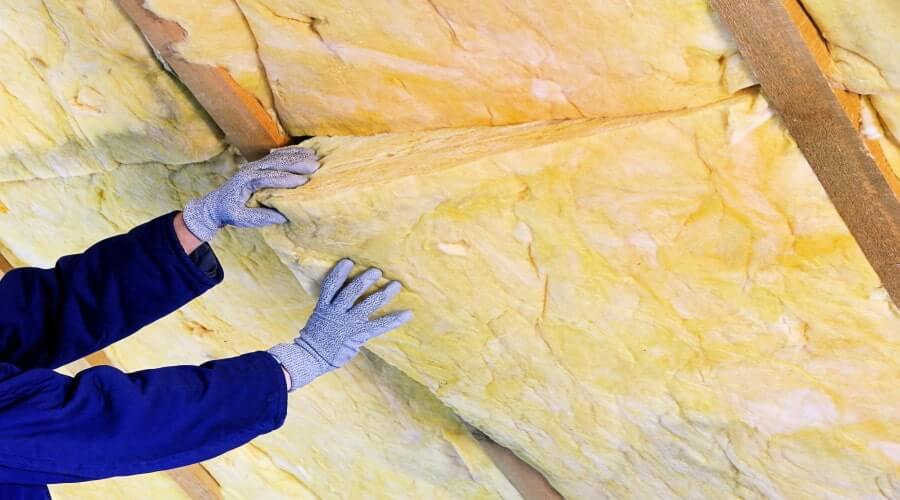
Removing existing insulation can be a necessary task for various reasons, such as renovation, upgrading insulation, or addressing contamination or damage. The process requires careful planning and execution to ensure safety and effectiveness.
Firstly, it’s essential to assess the type of insulation present and any potential hazards associated with its removal. For instance, older insulation materials like asbestos or fiberglass may require specialized handling to prevent health risks. Proper protective gear, including masks, gloves, and coveralls, should be worn during the removal process to minimize exposure to harmful particles.
Next, a systematic approach is needed to remove the insulation without causing damage to the building structure or creating a mess. This may involve cutting, scraping, or vacuuming the insulation material, depending on its form and accessibility. Specialized tools and equipment may be required for efficient removal, such as insulation removal vacuums or knives designed for cutting insulation batts.
Disposal of the removed insulation also needs careful consideration. Depending on local regulations and the type of insulation material, it may need to be disposed of as hazardous waste or recycled appropriately.
Throughout the removal process, safety should be a top priority to protect the health of workers and occupants of the building. Following established procedures and guidelines for insulation removal helps ensure a successful and safe outcome while preparing the space for the installation of new insulation or other upgrades.